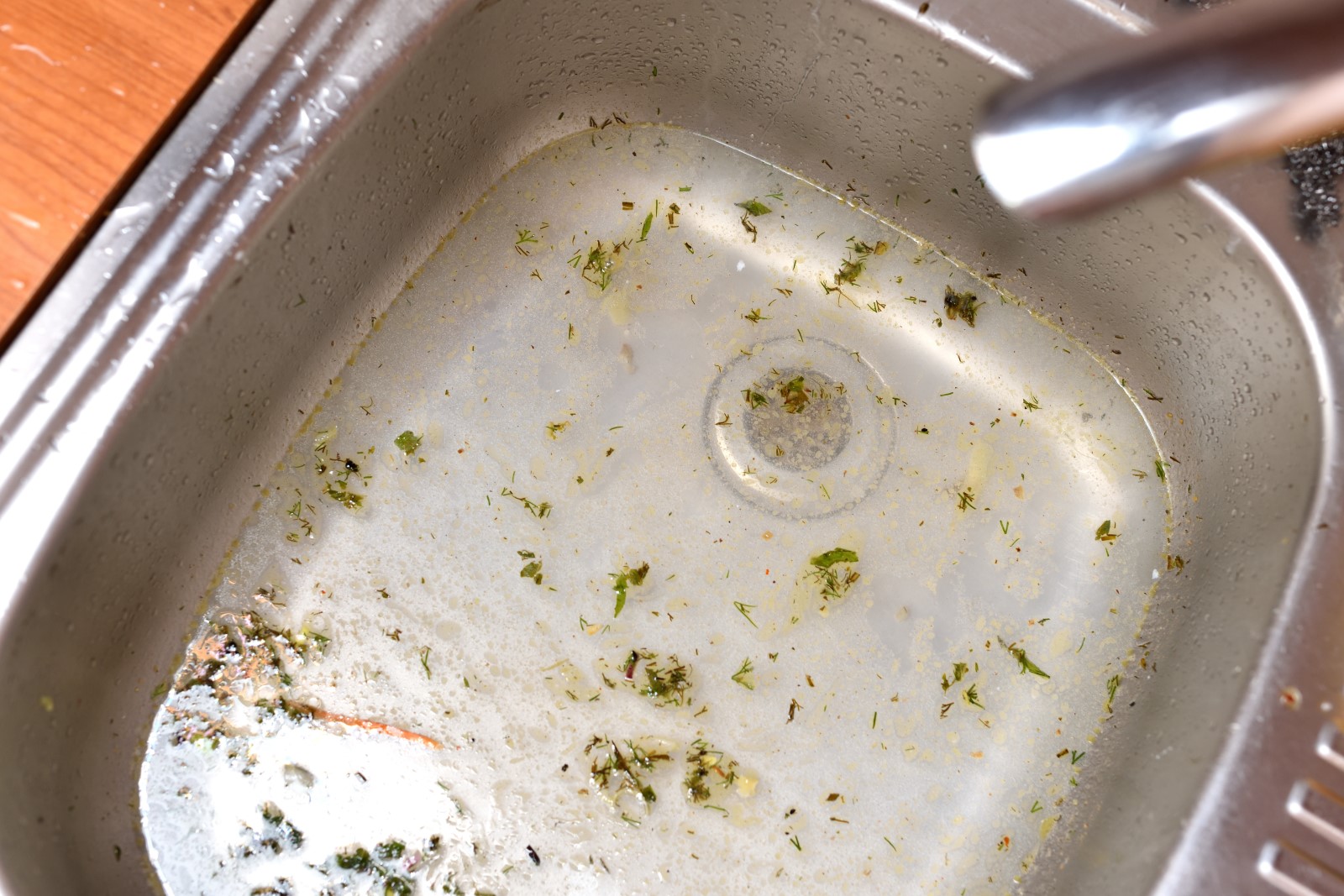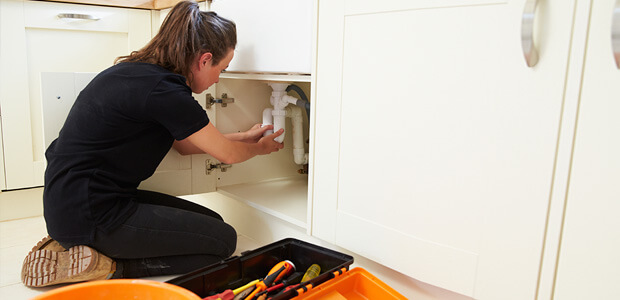Approaches for Addressing a Blocked Drain Prior to Seeking Expert Plumbers
Approaches for Addressing a Blocked Drain Prior to Seeking Expert Plumbers
Blog Article
This article listed below in relation to Tips for Dealing with Clogged Drains and Sewer Lines is definitely interesting. Give it a go and draw your own results.

Intro
Dealing with a blocked drainpipe can be a frustrating experience, interfering with everyday activities and possibly creating damages to your building. Nonetheless, before connecting to pipes professionals, there are steps you can take to deal with the issue yourself. In this overview, we'll explore DIY services and preventive measures to tackle a blocked drainpipe properly.
Determining the Problem
The primary step in attending to a blocked drainpipe is acknowledging the signs. Slow-moving drainage, gurgling sounds, foul odors emanating from drains, or water support up prevail signs of an obstructed drainpipe. Determining these indications early can help prevent better difficulties.
Typical Root Causes Of Blocked Drainpipes
Comprehending the factors that add to drain clogs is vital for reliable resolution. Typical offenders consist of hair, soap residue, oil, food debris, and foreign items like hygienic items or paper towels. Tree origins attacking underground pipes can likewise trigger significant blockages.
DIY Solutions
For minor obstructions, numerous do it yourself options can be effective. Pouring boiling water down the drain can help dissolve oil and debris. Sodium bicarbonate and vinegar or a combination of salt and baking soda can work as natural cleansers. Making use of a bettor or pipes snake to remove obstructions is one more choice.
Devices and Devices
Having the right tools accessible can make DIY drainpipe cleansing extra effective. A bettor is a functional device for getting rid of obstructions in sinks, commodes, and showers. A plumbing serpent or auger can reach deeper obstructions, while drain cleaning chemicals can be made use of carefully for persistent blockages.
Safety nets
To stay clear of future blockages, adopting safety nets is essential. Set up drainpipe guards or strainers to catch hair and particles prior to they go into the pipelines. Frequently flush drains pipes with hot water to dissolve grease accumulation, and prevent dealing with oil or strong waste down the tubes.
When to Call a Professional
While DIY services can solve small clogs, particular indicators suggest the requirement for expert support. Persistent blockages, foul odors despite cleansing efforts, or multiple drains backing up all at once are red flags that warrant experienced intervention.
Choosing the Right Pipes Service
When choosing a plumbing solution, think about factors such as experience, licensing, and consumer reviews. Select a respectable plumbing with a record of quality craftsmanship and transparent pricing methods.
Price Factors to consider
The price of expert drain cleaning company can differ depending upon the extent of the clog and the plumbing's rates. Demand quotes from multiple companies and inquire about any type of additional charges to make certain openness and stay clear of shocks.
Safety Precautions
When trying DIY drain cleaning, focus on safety and security. Put on safety handwear covers and glasses to stay clear of contact with dangerous chemicals or bacteria. Never ever blend different drainpipe cleaning products, as this can create hazardous fumes.
Situation Researches
Real-life examples illustrate the efficiency of do it yourself solutions and the value of prompt expert intervention in settling drain clogs.
Verdict
By adhering to the suggestions described in this overview, you can properly deal with blocked drains pipes and avoid future plumbing concerns. Whether selecting DIY remedies or seeking expert assistance, punctual activity is vital to keeping a healthy plumbing system and preserving the integrity of your home.
How to Clear a Clogged Drain Yourself (And When to Call In the Professionals)
What Can Clog a Drain
Dirt Skin flakes Hair Grease Soap scum Food Offset pipes Tree roots Small objects Mineral buildup DIY Tricks to Unclog a Drain
You can fix this! Once you have identified the source of the clog (or have a vague idea), you can try one or a combination of these fixes in order to clear your plumbing.
Wire Hanger or Snake
Untangle and clear out hair from a drainpipe with a homemade snake. Use a straightened-out wire hanger with a 90-degree angle hook to locate the clog and drag out any unwanted material.
Remember not to push the clog further down to where the wire hanger cannot reach! If you need to follow up with a plunger, give it a try. Your efforts might be more successful after it’s been wire-snaked.
If you want to get fancy and don’t have a wire hanger to spare, head to the store and pick up a hand-operated drain snake. You can get one for $10-$30. It may save you the hassle, and provide additional length to reach deep into the clogged pipe.
Plunger
A cup plunger has a suction cup attached to a wooden handle. The rubber creates a seal around the drain, and increases the pressure force of the plunger.
Plunge for 30-second increments to loosen the clog. This may need to be repeated over the course of 15-20 minutes. Once plunged, run the water to flush the remaining material out of the drain.
Remember– never use a plunger if you have used a chemical drain cleaner. These chemicals can splash up from the force of the plunger and cause serious injury or burns.
Boiling Water
Hot water can sometimes break up materials into a flushable amount. Dirt, grease, and soap buildup requires heat in order to unstick from surfaces.
Take your kitchen kettle and heat your water to a boil. Once it reaches a rolling boil, pour it directly down the drain into the blockage. Carefully follow with plunging, if necessary.
Don’t worry if this takes more than one try! It can often take multiple kettles and repeated plunging in order to clear a particularly stubborn clog.
Chemical Drain Cleaner
As a last resort, pick up a bottle of chemical drain cleaner. Drain-cleaning chemicals are potent, and not very good for the environment.
You may need to wear protective eyewear in gloves before handling your bottle of chemical drain cleaner. Follow the instructions printed on the bottle, and flush with water as soon as the instructions allow. Do not follow with plunging.
Baking Soda and Vinegar
As a safer alternative to chemical drain cleaner, baking soda and vinegar can create a chemical reaction that clears tough clogs.
Combine one cup of cleaning vinegar with one cup of boiling water, and set aside. Once you have done this, pour half a cup of baking soda down the drain. Give the baking thirty seconds to settle and cover a large portion of the problem drain.
Following the baking soda, pour down your vinegar and hot water solution. Once the vinegar and baking soda combine, the mixture will bubble and fix. Let this reaction fizzle in the drain for about an hour.
After an hour, follow with a kettle’s worth of hot water. The heat and liquid should flush out any remaining material.
When to Call a Plumber
If your DIY attempts haven’t cleared your clog drain, it’s time to call in a professional. It’s not worth losing access to your kitchen sink or high-traffic bathroom. A clog in a vital area can keep you from the things you’d rather be doing, and derail your routine.
Anytime a clog is causing water to spread is a time to call in a plumbing service. What starts out as a little bit of water can quickly grow into serious, expensive water damage.
Additionally, a serious clog can result in burst pipes or serious leaks. Make sure you know when to take it seriously!
https://myguysnow.com/how-to-clear-a-clogged-drain-yourself-and-when-to-call-in-the-professionals/

Do you enjoy more info about How to handle a clogged drain in your home? Leave a comment further down. We'd be glad to see your reactions about this blog. We hope that you visit us again in the near future. Feel free to take a moment to distribute this blog post if you liked it. Many thanks for taking the time to read it.
Click Here Report this page